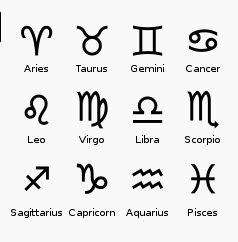4. But in the G text we find the kiore glyphs on the front side of the tablet (in the 5 lines beginning with a3). Maybe it means also side a has a description of the back side where Moon rules (after Mars has left). If the cycle of time is beginning at midsummer, then it is reasonable to follow in the steps of the kuhane of Hau Maka and move along the southern coastline (autumn). But with glyph number 266 (Gb2-10) as autumn equinox it follows that side b should describe autumn and as a reasonable consequence side a spring. However, if the relevant calendar structure is based on the situation north of the equator - which seems plausible - then this spring should represent spring north of the equator. After all, in Australia Christmas is celebrated in December in spite of it being midsummer. Thus - paradoxically - the Black Rat on the left (back) side of the earth could refer to the beginning of the southern side of Easter Island. A growing maro string in front makes it clear that on Easter Island it is not autumn but spring. The manu tara birds arrived with spring to the 3 islets outside the southwestern corner. In the latin text of Manuscript E the growing maro string could corresponds to Te - as in Te Kioe Uri. The colour uri is the dark colour of spring greenery. The dark side of Easter Island could represent spring. Likewise the habit of naming the eastern side of the islands in the South Sea as 'black' and the west side as 'white' should be understood similarly. Uri is the colour of east. Tea is the colour of west, where Moon is born. But then the Moon station Te Kioe Uri evidently has uri as a negation of the otherwise tea connected with west. It is not the season when Sun goes down in the west, it is the opposite. Instead of following the path of Sun in spring we must follow the path of Moon. The fundamental calendar structure is probably based on the path of Sun in spring, but south of the equator it is autumn and Sun 'absent'. Therefore the G text and the kuhane of Hau Maka (who is sleeping far in the north) will use the path of Moon as the reference. Instead of Leo, the great yellow king of cats at high summer, there will be his opposite pole, viz. a black rat in midwinter south of the equator. The same constellation, but another season. Traditionally Leo rules from July 23 through August 21, i.e. in the 2nd month beyond midsummer.
And there was a Rat at the beginning of the Chinese zodiac:
"This Chinese zodiac, however, progressed in reversed order from our own, opposed to the sun's annual course in the heavens, and began with the Rat. It was known as the Yellow Way, the date of formation being assigned to some time between the 27th and 7th centuries before our era, and the twelve symbols utilized to mark the twelve months of the year. It was borrowed, too, by neighboring nations ages ago, some of its features being still current among them." (Richard Hinckley Allen, Star Names. Their Lore and Meaning.) To follow the first part of the journey of the kuhane of Hau Maka is to move in reversed order compared with how Sun moves. The position of the Black Rat in the 'aquarium' proves he is the opposite of the Yellow Cat in Leo. |

